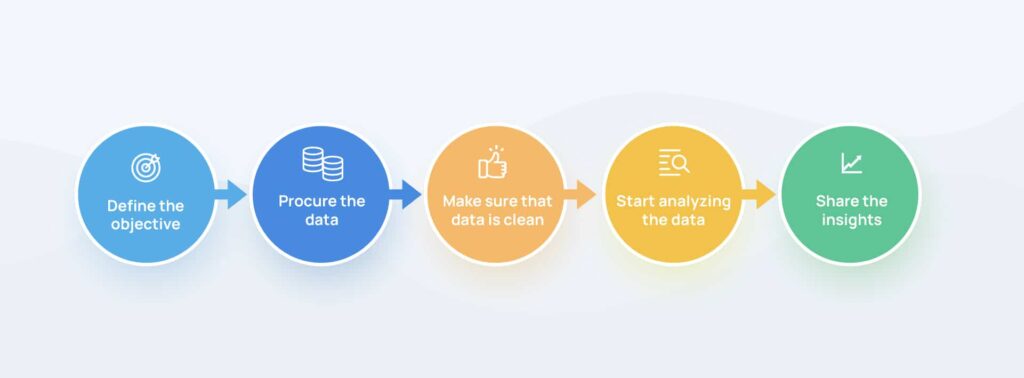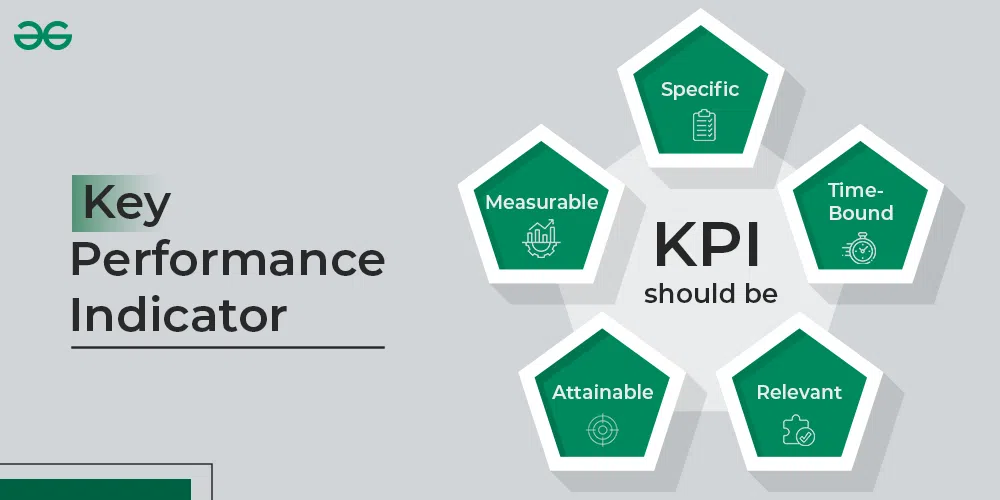An effective test strategy is at the very heart of a successful software development project. It serves as the blueprint of entire test process that ensures quality, efficiency and risk mitigation. This article will examine the test strategy, its essential components and best practices for creating one.
Intimately Familiar with the Fundamental Elements
Test Objectives:
The testing objectives should be crystal clear.
Know What You Are Going to Test
For the same reason, determine quality criteria and acceptance.
Test Scope:
Define the scope of the test process.
Define the features, modules, and functionalities that are to be included in it.
Specify the type of testing, for example, functional, non-functional or performance testing.
Test Approach:
Define the high-level test strategy, such as what type of testing will be used to uncover defects.
Define the type of testing to be performed; levels of test; such as unit, integration, system and acceptance test.
Detail the testing tools and frameworks which will be used.
Test Environment:
Outline the testing need for hardware, software and network configurations.
Step 3 — Specify the test data to be used; sample data, and cases.
Create an execution environment for testing, like a test lab or any virtual surrounding.
Test Schedule:
Prepare an exhaustive testing schedule consisting of milestones & deadlines.
Assign resources and responsibilities to testing team.
Map out frames for executing tests, logging bugs, and fixing.
Test Team:
Recognize who is part of testing team
Outline each team member’s role and responsibilities
Temporary and Permanent Training and Skill Needs of the Team
Risk Assessment:
Compare what may happen during testing with what can damage the process.
Come up with strategies to mitigate all the risks you have identified.
Risk Management: Keeps monitoring and managing risks during the complete testing cycle.
A Guide to Creating a Testing Strategy: Better Practices
Involve Stakeholders:
Work with developers, business analysts and other stakeholders to align.
Obtain input on needs, priorities, and expectations.
Prioritize Test Cases:
Prioritize high-risk functions and critical features.
Employ risk mitigation strategies to maximize testing coverage.
Automate Where Possible:
Automating repetitive test cases improves efficiency and minimizes manual effort.
Opportunities from the 9 testing types Utilization of test automation tools will enable to speedup testing.



